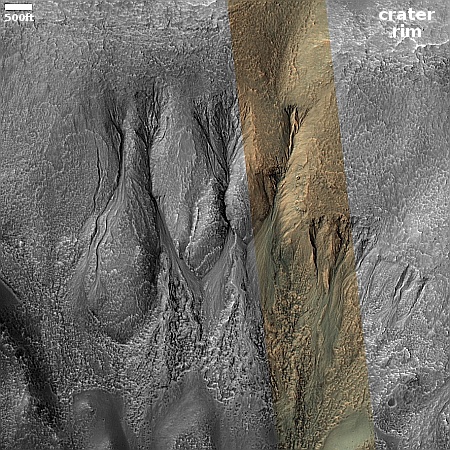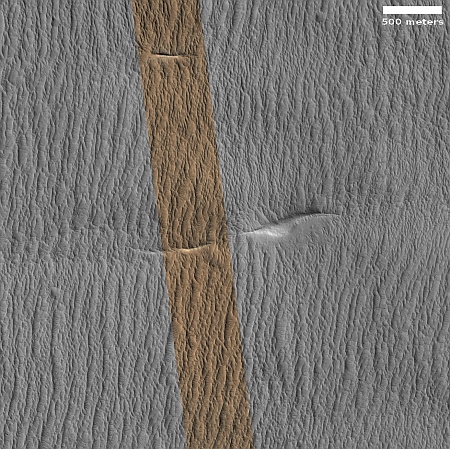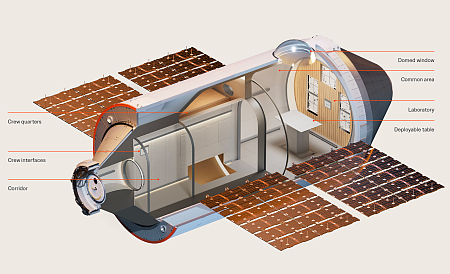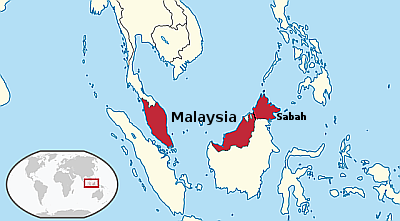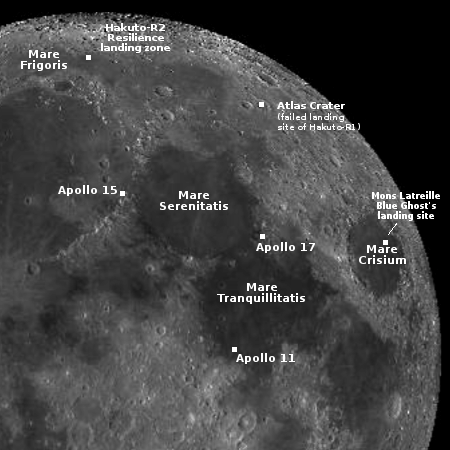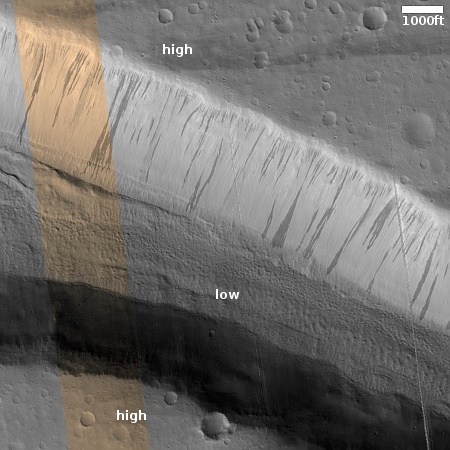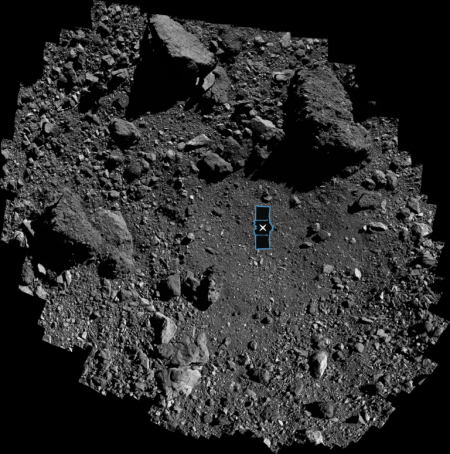Astrobotic’s Griffin lunar lander gets commercial rover to replace NASA’s VIPER rover
Astrobotic’s commercial Griffin lunar lander has signed a deal with the space rover startup Venturi Astrolab to fly its FLEX Lunar Innovation Platform (FLIP) in place of NASA’s cancelled VIPER rover.
Last year NASA announced that it would be cancelling the VIPER lander that was set to travel aboard Astrobotic’s Griffin-1 lander, just months after the company’s first attempt at a moonshot failed. Now, the company has secured a contract to transport a rover developed by California-based aerospace firm Venturi Astrolab. That rover, the FLEX Lunar Innovation Platform, or FLIP for short, will be deployed to the Nobile region of the lunar south pole. The mission is scheduled for the end of the year and NASA’s contract with Astrobotic has been modified for the mission to serve as large lander demonstration flight.
This deal has significant ramifications outside of Astrobotic’s effort to make money hauling payloads to the Moon. Astrolab is one of three companies with NASA design contracts to develop a manned lunar rover for its later Artemis manned missions. By flying this smaller version now and successfully operating it on the Moon Astrolab puts itself in a better position to win the larger final rover contract from NASA, beating out Intuitive Machines and Lunar Outpost.
Astrolab was clearly aiming for the VIPER slot when it unveiled FLIP in October 2024. As I predicted then:
FLIP was clearly designed to match the fit of NASA’s now canceled VIPER rover that was to be launched on Astrobotic’s Griffin lander. Griffin is still being prepped for its lunar mission to be launched in 2025, but no longer has that prime payload. It is very obvious that Astrolab is vying to make FLIP that prime payload.
Note however how private enterprise moves. NASA can’t get it done but the competition to win contracts and make profits has these private companies scrambling to make things happen, quickly and cheaply.
Astrobotic’s commercial Griffin lunar lander has signed a deal with the space rover startup Venturi Astrolab to fly its FLEX Lunar Innovation Platform (FLIP) in place of NASA’s cancelled VIPER rover.
Last year NASA announced that it would be cancelling the VIPER lander that was set to travel aboard Astrobotic’s Griffin-1 lander, just months after the company’s first attempt at a moonshot failed. Now, the company has secured a contract to transport a rover developed by California-based aerospace firm Venturi Astrolab. That rover, the FLEX Lunar Innovation Platform, or FLIP for short, will be deployed to the Nobile region of the lunar south pole. The mission is scheduled for the end of the year and NASA’s contract with Astrobotic has been modified for the mission to serve as large lander demonstration flight.
This deal has significant ramifications outside of Astrobotic’s effort to make money hauling payloads to the Moon. Astrolab is one of three companies with NASA design contracts to develop a manned lunar rover for its later Artemis manned missions. By flying this smaller version now and successfully operating it on the Moon Astrolab puts itself in a better position to win the larger final rover contract from NASA, beating out Intuitive Machines and Lunar Outpost.
Astrolab was clearly aiming for the VIPER slot when it unveiled FLIP in October 2024. As I predicted then:
FLIP was clearly designed to match the fit of NASA’s now canceled VIPER rover that was to be launched on Astrobotic’s Griffin lander. Griffin is still being prepped for its lunar mission to be launched in 2025, but no longer has that prime payload. It is very obvious that Astrolab is vying to make FLIP that prime payload.
Note however how private enterprise moves. NASA can’t get it done but the competition to win contracts and make profits has these private companies scrambling to make things happen, quickly and cheaply.


